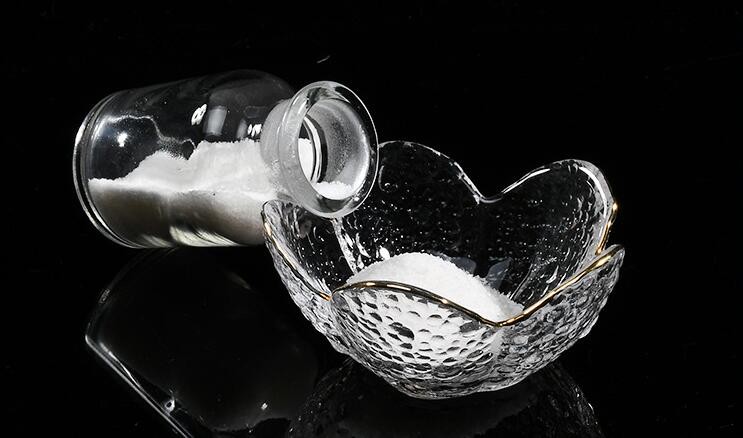SAP powder is a new type of functional polymer material. Because of its strong water absorption and good water retention, it is widely used in industry, health and other industries. This paper introduces the water absorption principle of super absorbent polymer, and looks forward to its development direction.
SAP powder can not only absorb a lot of water, but also has strong water retention performance. After absorbing water, it has three functions with water: ① Hydrogen bonding between water molecules and oxygen atoms with strong electronegativity of polymers; ② Interaction between water molecules and hydrophobic groups; ③ The interaction between water molecules and hydrophilic groups.
There are three kinds of water around its hydrophilic group: bound water, bound water and free water. Among them, the binding water is mainly the water bound on the inner and outer surfaces of gel through solvation, coordination bond or hydrogen bond. Bound water is another kind of water connected with bound water through hydrogen bond or orientation force. Like ordinary liquid water, free water mainly relies on the three-dimensional network effect of polymers to store a large amount of free water in the absorbent resin network.
In the initial stage, its water absorption rate is very slow, because at this time, the water absorption is achieved through capillary adsorption and dispersion, and then the water molecules dissociate it according to the hydrogen bond and the hydrophilic group of the resin. Anions are fixed on the polymer chain, while cations can move freely. With the further dissociation of hydrophilic groups, the number of anions increases, and the electrostatic repulsion between ions expands the resin network; At the same time, in order to maintain electrical neutrality, cations cannot diffuse to external solvents, resulting in an increase in the concentration of cations in the resin network. Therefore, osmotic pressure is generated inside and outside the network, making water further penetrate. With the increase of water absorption, the osmotic pressure difference inside and outside the network tends to zero; When the network expands, its elastic contraction force is also increasing, slowly offsetting the electrostatic repulsion of anions, and finally reaching water absorption equilibrium.

① Develop SAP powder with strong salt resistance and expand its application scope. The grafted monomer can contain non-ionic and zwitterionic groups or introduce amino and sulfonic groups.
② At present, more than 90% of its research in China is product research and development, and there is little research involving basic theory. In the future, efforts should be made in basic theory to guide the direction of work.
③ Develop new compound SAP powder. The composites prepared by physical mixing inorganic or organic materials with them or participating in polymerization can not only improve the water absorption, salt resistance and water retention of the resin, but also reduce the cost.
④ Choosing new initiation methods, especially microwave radiation, ultraviolet radiation and ultrasonic radiation, to realize its industrial production, is one of the current research hotspots.
⑤ Improve the process route. With the increasing awareness of environmental protection and the concept of resources, people began to develop natural water absorbents. Its research and development is in line with the global development trend of developing green process products and pursuing environmental friendliness. Polymer material products with natural plant functions are made of natural materials, and the products return to nature again after biodegradation. If this product can be developed according to the needs of the market, it will certainly have a good application prospect.

SAP powder is also known as hydrogel and super absorbent. In recent years, it has become an important polymer material with its unique water absorption and water retention capacity. Understanding the water absorption principle and development direction of super absorbent polymer is conducive to the better application of this material.
Comment(0)
You can comment after
SIGN IN